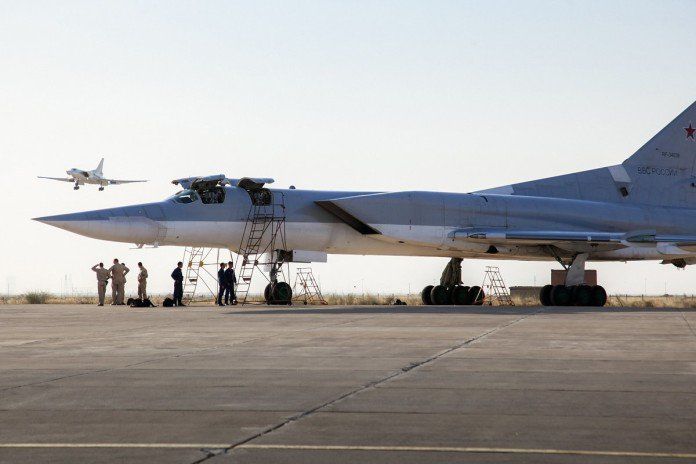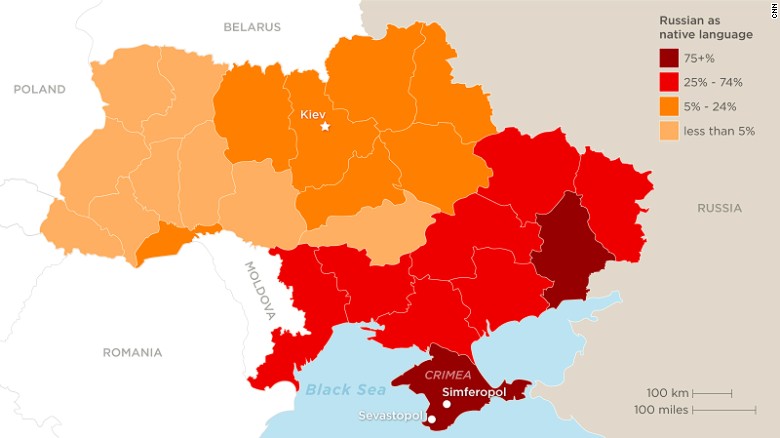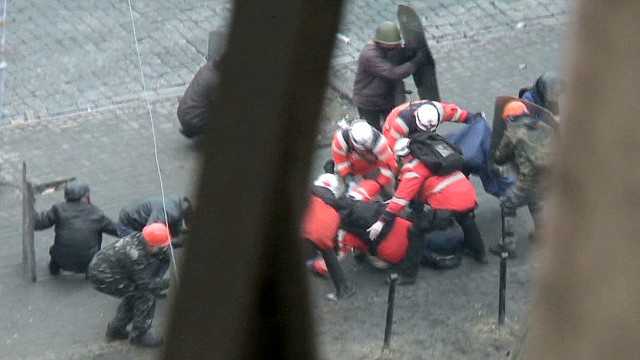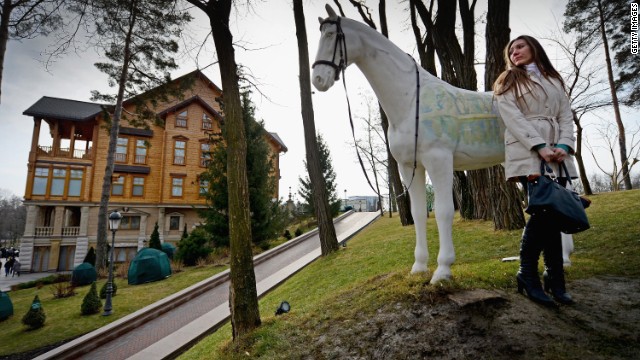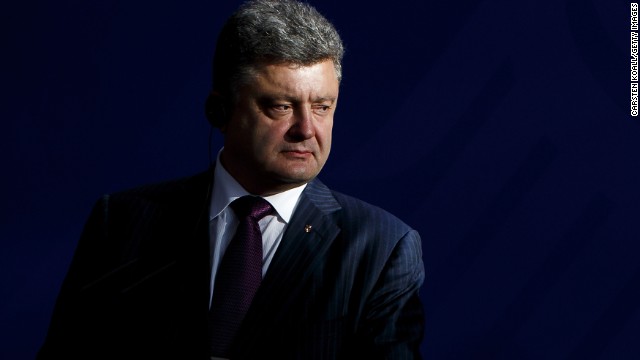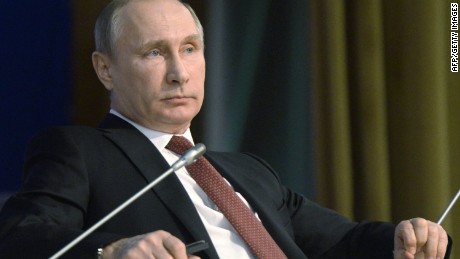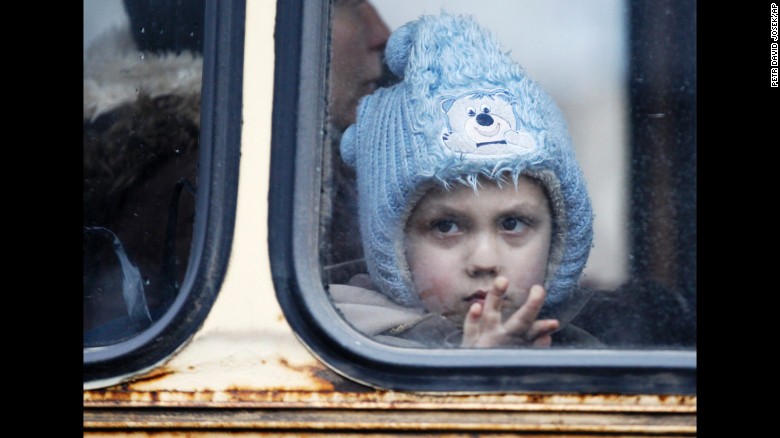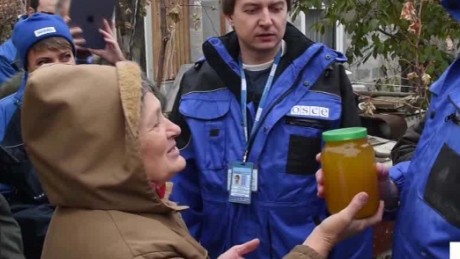How was it delivered? Classified. How do you put $1.3 billion on pallets and shrink wrap it and get it to Iran? Classified. We thought the $400 million was for ransom but now it appears it was ALL of it, $1.7 billion and Iran along with Russia coupled with the Iranian militia and Hezbollah will enjoy it all.
Related reading: United States is Buying Nuclear Material from Iran
US paid Iran $1.3 billion in cash to settle old dispute
NYP: WASHINGTON — The Obama administration’s $400 million payoff to Iran was followed by a second transfer of $1.3 billion, it was reported Tuesday.
President Obama took considerable flak for the first payment, which coincided with the release in January of four Americans being held by Tehran.
Critics charged that the move smacked of ransom, which the US has pledged never to pay.
The $400 million was the first installment of a $1.7 billion settlement with Iran to resolve a dispute over a failed arms deal signed before the 1979 fall of the shah.
But there was no word about what happened to the rest of the debt — $1.3 billion.
On Tuesday, The Weekly Standard reported that the second payment was also quietly delivered.
Assistant Secretary of State for Legislative Affairs Julia Frifield sent a letter to Congress on March 17, 2016, stating, “Iran received the balance of $400 million in the Trust Fund as well as roughly $1.3 billion representing a compromise on the interest,” according to the magazine.
This payment was likely made in cash, since the US has no banking relationship with Tehran.
Wooden pallets stacked with euros, Swiss francs and other currencies were flown into Iran in an unmarked cargo plane to cover the first $400 million.
“The reason that we had to give them cash is precisely because we are so strict in maintaining sanctions — and we don’t have a banking relationship with Iran — that we couldn’t send them a check,” Obama said in an Aug. 4 press conference.
Although he insisted there was no connection to the hostages, one of them described waiting for “another plane” to land before being freed from Iran.
“I just remember the night at the airport sitting for hours and hours there, and I asked police, ‘Why are you not letting us go?’” former hostage Pastor Saeed Abedini told Fox Business.
“He said, ‘We are waiting for another plane, so if that plane doesn’t come, we never let [you] go.’”
In part from Reuters:
The White House announced on Jan. 17, a day after the prisoner exchange, it was releasing $400 million in funds frozen since 1981, plus $1.3 billion in interest owed to Iran. The remaining interest has since been fully paid from the U.S. Treasury-administered Judgment Fund, according to a U.S. official.
The funds were part of a trust fund Iran used before its 1979 Islamic Revolution to buy U.S. military equipment that was tied up for decades in litigation at the tribunal.
The Judgment Fund was established to pay court judgments and Justice Department compromise settlements of actual or imminent lawsuits against the government.
It is administered by the Judgment Fund Branch, which is a part of the United States Department of the Treasury, Bureau of the Fiscal Service. The Judgment Fund Internet Claims System (JFICS) is the application used to process all Judgment Fund claims.
The Judgment Fund is a permanent, indefinite appropriation available to pay judicially and administratively ordered monetary awards against the United States. The Judgment Fund is also available to pay amounts owed under compromise agreements negotiated by the U.S. Department of Justice in settlement of claims arising under actual or imminent litigation, if a judgment on the merits would be payable from the Judgment Fund. The statutory authority for the Judgment Fund is 31 U.S.C. 1304.
If funds for paying an award are otherwise provided for in the appropriations of the defendant agency, the Judgment Fund may not pay an award. A federal agency may request that payment of an award be made on its behalf from the Judgment Fund only in those instances where funds are not legally available to pay the award from the agency’s own appropriations.
Amounts paid vary significantly from year-to-year. Federal agencies are not required to reimburse the Judgment Fund except when cases are filed under the Contract Disputes Act (CDA) or the No FEAR Act (Notification and Federal Employee Antidiscrimination and Retaliation Act).

